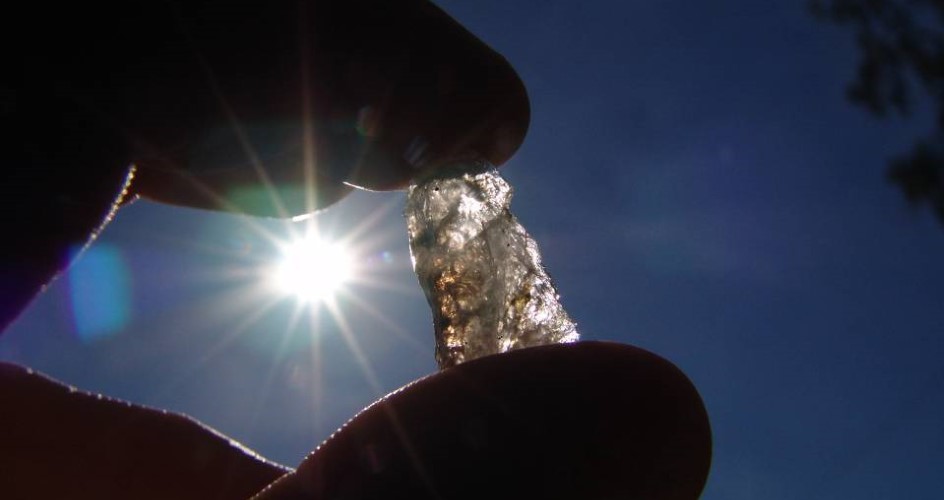 Foto: Mattias Pettersson
Foto: Mattias PetterssonHuman traces
Humans settled in Tyresta at early on. The area was already being used for hunting when the ice sheet retreated thousands of years ago. Traces of the very first Stone Age residents remain today, along with signs of Vikings from a thousand years ago, farmers of the 1800s and the scouting movement during the 1940s.
Tyresta has been a hunting ground ever since the cliffs rose from the sea after the latest ice age. The first stone Age humans put up their summer residences in the archipelago, where they were hunting seals, fish and birds. Today small pieces of quartz , that were hacked into sharp pieces for cutting, can still be found in various places in the forest.
Other findings of human history in Tyresta are small heaps of stone in the middle of the forest, where the next heap can be seen at a distance: The heaps often mark the old boundaries between old properties in the forest. Old trails have sometimes also been marked with stone heaps, or by removing some bark from trees with an axe to make so-called blazes. The exposed wood was clearly visible when the blazes were new, but today many of them are covered over with bark.
There are several burial fields with hilly graves around Tyresta village. All of them date from the Early Iron Age and lie in what today is grazing land. In the village there is also a well-known rune stone, with runes carved into a rock surface. It has been dated to around year 1070 A.D, and among the runes are images of a Christian cross and a male wood grouse. An illustration of the drawing can also be seen in the nature centre naturum.
Outdoor life has thrived here since the 1940s, with mushroom and berry picking, orienteering, skiing, and scouting with associated cabins.
Share with your friends
Share this page with your friends on Facebook, X (formerly Twitter), Google+ and e-mail.





